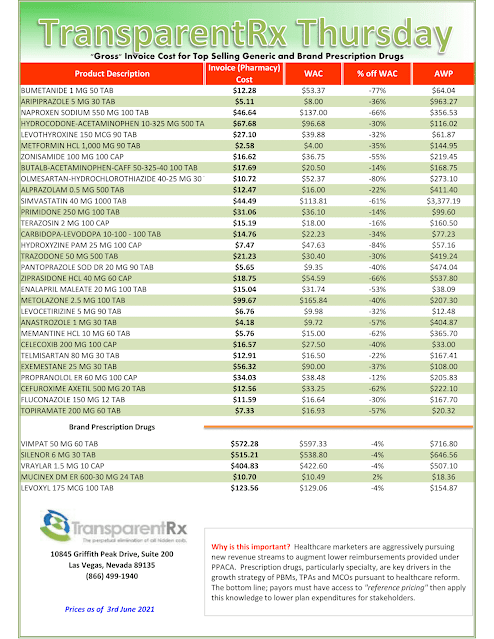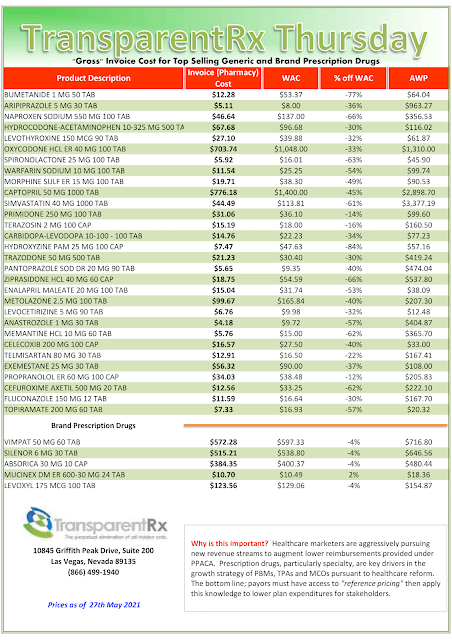AIDS Healthcare Foundation (AHF) Files Federal Antitrust Lawsuit Against BUCA PBM
The AIDS Healthcare Foundation (AHF), a leading provider of health care to people living with HIV/AIDS around the world, filed a lawsuit in federal court in Los Angeles to stop Prime Therapeutics from fixing prices of reimbursements to AHF pharmacies, along with all other independent pharmacies doing business with Prime, for providing prescription drugs to patients in need.
In late 2019, Prime announced a new three-year “collaboration” with Express Scripts, Inc. The word “collaboration” is a clever choice of word as it avoids the use of merger, purchase or strategic alliance. In fact, it appears Prime is simply aligning its reimbursement rates with those of the other PBM, and doing so on an ongoing basis.
AHF’s pleading asserts that Prime is thereby violating the most settled principle of antitrust law, the prohibition against fixing prices with a direct competitor. Here’s a breakdown of the relationship between Express Scripts (ESI) and Prime.
Express Scripts handles:
- Manufacturer rebate negotiations under the pharmacy benefit
- Retail pharmacy network management and contracting
Each PBM will operate independently in these areas:
- Custom retail pharmacy network options
- Formulary management
- Medical benefit drug claims to include formulary management and rebates
- Member support including enrollment and eligibility
- Outcomes-based contracting
Tyrone’s Commentary:
It seems there is a cleansing taking place within the PBM industry. Non-fiduciary PBMs are scrambling to protect not only revenues but their business models. Last year the Supreme Court ruled 8-0 that ERISA, which as you know sets national rules for most large employer-benefit plans, doesn’t prevent states from regulating prescription plans for people who get health coverage through their employers. This decision has opened the flood gates for litigation against pharmacy benefit managers in both the state and federal levels. PBMs who have profited from bad business models are the targets. Some non-fiduciary PBMs saw the writing on the wall and have cashed out before the s%&t really hits the fan.
The action was filed in U.S. District Court, Central District of California. Download the case file.












